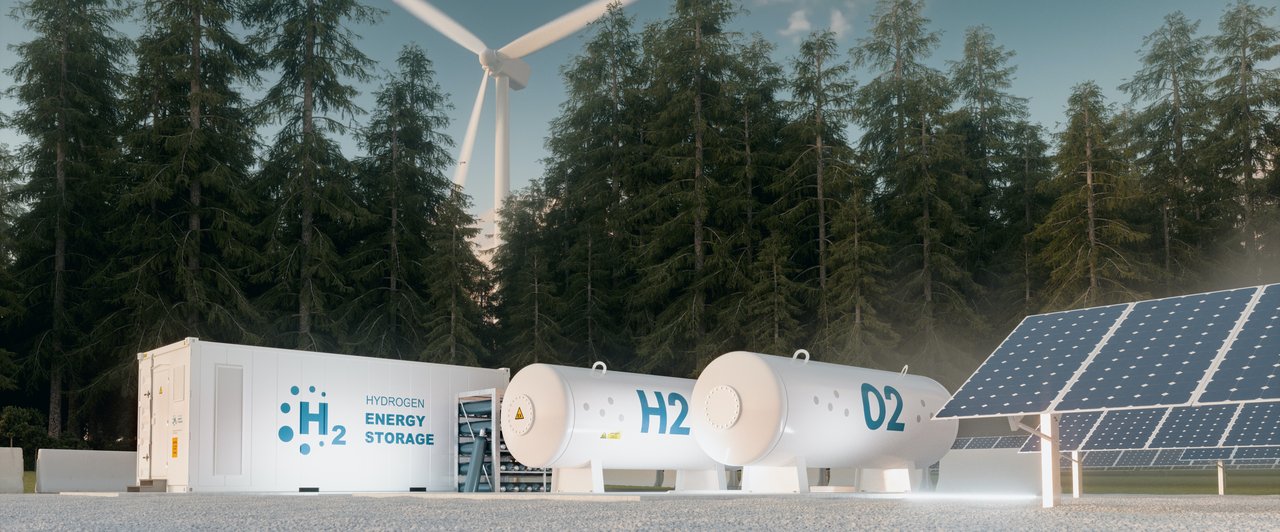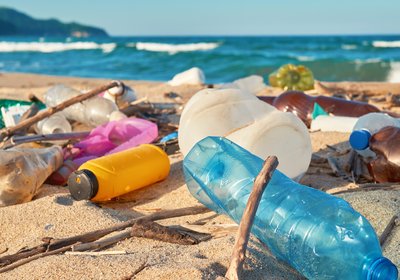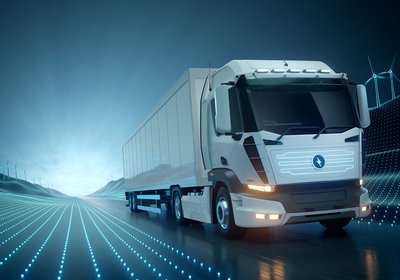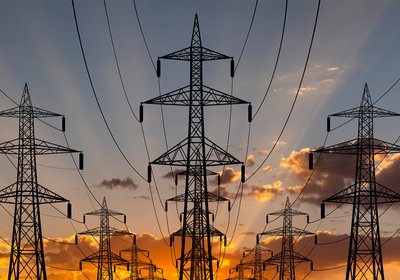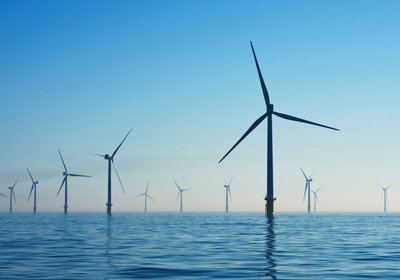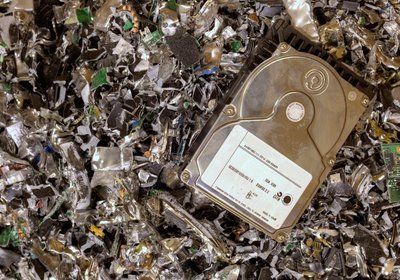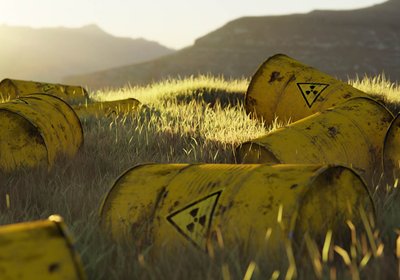Storage technologies: paving the way for a renewable energy future
Billions are being invested in storage technologies essential to speeding up the replacement of fossil fuels by renewables.
Renewables such as wind and solar are becoming cheaper than fossil fuels in most parts of the world, but they need storage to be a viable, stable source of energy. In November 2020, UK prime minister Boris Johnson vowed to install enough wind turbines to power every home by 2030, but that will require solutions to manage the intermittent supply of energy.
That is where batteries — devices which store electricity as chemical energy — fit in. Lithium-ion batteries, used in mobile phones and Tesla electric cars, are currently the dominant storage technology. They are being installed across the world from California to Australia, to help electricity grids manage surging supplies of renewable energy.
But along with lithium-ion batteries, cheaper, longer-duration storage technologies — most of which are not yet cost-effective — will be required to fully replace fossil- fuelled power plants and allow for the 100 per cent use of renewable energy. At the moment, gas-fired power plants bridge the gap from renewables to provide stable supplies of energy for longer than current batteries can.
From battery technologies that use abundant raw materials to volcanic rocks, tanks full of liquid air and systems that lower weights down abandoned mine shafts, companies are racing to develop the next breakthrough that will unlock large-scale renewable energy by mid-century.
Every day electricity grids must constantly match supply with demand — a feat that becomes much harder when you strip out coal and gas-fired plants that provide a reliable, steady supply of energy.
In the first quarter of 2020, renewables provided a record 47 per cent of the UK’s electricity. Yet that success created a problem just weeks later when energy demand fell by as much as 20 per cent after the first national coronavirus lockdown in March. The National Grid’s job becomes more difficult when electricity generation from renewables reaches about 50 per cent of the total — it needs the help of big spinning turbines of fossil fuel plants to moderate volatility in the system.
The advantage of lithium-ion batteries is that they can be placed anywhere and can provide power to the grid very quickly, as they do in electric cars. They can respond in milliseconds and generally provide up to four hours of storage, helping grids deal with sudden outages in electricity generation, but are less cost effective in the longer term.
Last year, the world’s most powerful lithium-ion battery was unveiled outside San Diego.
LS Power’s Gateway battery has far more wattage than the Tesla-built Hornsdale Power Reserve in Australia, the previous record holder. Yet Gateway will soon be surpassed by even bigger projects in California.
Gateway’s debut almost doubled California’s battery storage capacity. At full strength it will be able to discharge 250 megawatts — 100MW more than Hornsdale after an expansion there is completed. One megawatt can serve about 750 homes in California.
The state’s three big utilities have already surpassed a state target to contract 1,325MW of storage capacity by 2020, according to the California Public Utilities Commission.
The Gateway project will be able to discharge its 250MW for just an hour at the start, though LS Power is expanding it to about three hours of capacity for next summer and eventually four hours, the company said.
But alternative technologies could enable safer storage of large amounts of energy for longer periods of time, which would allow even greater integration of wind and solar. But they need to be scaled up quickly in order to meet rising demand and become cost competitive.
In January 2020, the California Energy Commission, the US state’s primary energy policy and planning agency, issued a call for long-duration energy storage — defined as providing energy for over 10 hours — enough to store a day’s worth of solar energy for overnight use.
One of the winners of the tender was Invinity Energy Systems, a company that uses large batteries based on vanadium, a raw material used by the steel industry to increase the metal’s strength. These so-called Redox flow batteries — first developed by Nasa in the 1970s — use large tanks of separately charged electrolytes to store energy, which makes it easier to expand capacity than conventional batteries.
In the centre of Dalian, north-east China, Rongke Power is building the world’s biggest vanadium battery. At 800 megawatt-hours, it would be more than three times the size of the world’s largest lithium-ion battery installation in California. It would help Liaoning province’s electricity grid better integrate wind power.
Yet worryingly, vanadium prices are highly volatile and surged to $127 per kilogramme in November 2018 before falling to $25 per kg last year, which could have an impact on the cost of production.
Others looking for storage options are avoiding batteries altogether and trying natural and physical solutions similar to pumped hydro - using electricity to pump water up to a high reservoir and then releasing it, which drives a turbine to create even more electricity. The reservoir of water acts as a way of storing energy. But these systems are challenged by geography and could be limited by increasing water scarcity in the future.
Outside the German city of Hamburg, Siemens Gamesa run the world’s second-largest wind turbine manufacturer, and uses 1,000 tonnes of volcanic rock from Norway to store 130 MWh of energy in the form of heat, providing enough energy for about 3,000 German households, or roughly 750 electric cars.
Electricity is used to first heat the volcanic rocks to at least 600C. The energy can be stored for up to a week, but the target is to dispatch power overnight.
Despite their various advantages, these technologies will find it hard to beat the manufacturing scale of lithium-ion, which has been driven by the surge of investment in electric cars over the past decade. In addition, hydrogen, which is produced through the electrolysis of water using electricity, could emerge as a competitive solution for storing energy for longer periods of time.
See the video here
